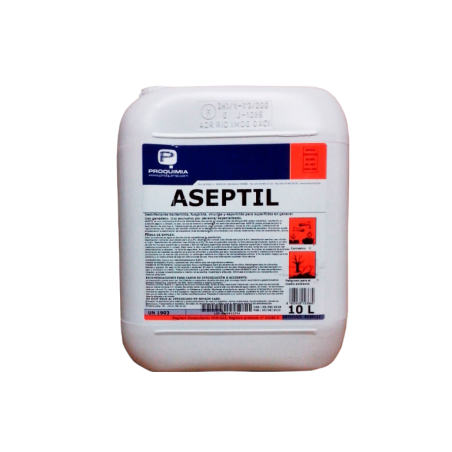Porcine reproductive and respiratory syndrome (PRRS) caused an estimated $1.2 billion per year in lost production in the U.S. pork industry from 2016 to 2020, an 80% increase from a decade earlier, according to a new analysis by Iowa State University expert, Dr. Derald Holtkamp, professor of veterinary diagnostic and production animal medicine.
A 2012 study estimated the virus caused $664 million in annual losses from 2006 to 2010. The sharp increase in economic damage caused by PRRS isn’t driven by changes in market prices, production cost, or the size of the U.S. pig inventory. Those factors only account for about $108 million of the $536 million increase in annual losses. The other $428 million is attributed to the portion of herds affected by PRRS and the differences in productivity between affected and unaffected herds.

A disproportionate amount of the production loss increase came in herds of growing pigs, as opposed to breeding herds. In the 2006-10 study, growing herds accounted for 55% of lost production. In the new study, 68% of the estimated losses come from growing herds. This is attributed to new virus variants and changes in sow immunization methods.
July 29, 2024/ Iowa State University/ United States.
https://www.news.iastate.edu










